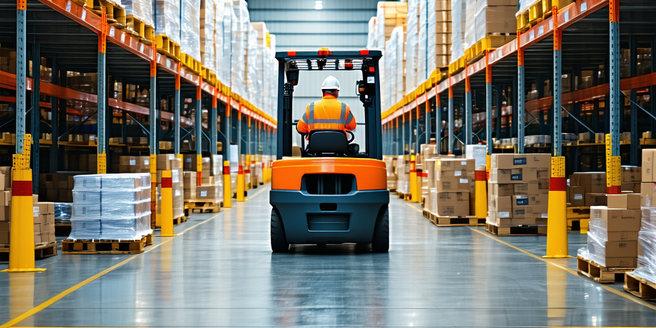
Introduction to Volume Scanning Techniques
Volume scanning techniques are essential for accurate measurements in various fields. These techniques involve using different tools and technologies to assess the dimensions and quantity of an object or space. From manual measurements to advanced digital systems, volume scanning ensures precise data collection and analysis. Understanding the basics of these techniques introduces one to the evolution of technology from rudimentary tools to cutting-edge software solutions. This knowledge is crucial for industries such as logistics, where space optimization is vital, and healthcare, where precise volume measurements can aid in various treatments and procedures. As technology continues to advance, the efficiency and accuracy of these techniques will only improve, making them indispensable in achieving reliable measurements and supporting data-driven decisions.
The Importance of Accurate Volume Measurements
Accurate volume measurements are critical in numerous sectors, playing a vital role in ensuring efficiency and effectiveness. In manufacturing, for instance, precise volume calculation helps in inventory management and resource allocation, reducing waste and optimizing production processes. In the medical field, accurate measurements are crucial for dosages in pharmaceuticals and radiotherapy applications. A slight miscalculation can lead to significant consequences, affecting treatment outcomes. Similarly, in logistics, precise volume assessments ensure that cargo is packed efficiently, optimizing space and reducing transport costs. This results in increased profitability and sustainability. Moreover, in construction, understanding the exact volume of materials is essential for budgeting and structural integrity. The importance of these measurements lies in minimizing errors, improving outcomes, and enhancing operational processes and safety standards.
Traditional Methods: Manual Volume Calculation
Traditional methods of volume calculation have been integral for centuries, relying mostly on manual tools and techniques. These methods often involve mathematical equations and measurements with rulers, measuring tapes, or graduated cylinders, depending on the object’s shape. While manual calculations provide a hands-on approach, they can be time-consuming and prone to human error, which impacts their accuracy. For instance, measuring irregular objects or large spaces might result in miscalculations or require significant effort to ensure precision. Despite these challenges, manual methods remain useful in situations where technology is not accessible or necessary. They also lay the foundation for understanding more advanced methods by providing the basic principles of volume measurement. Learning these basic techniques is essential for transitioning to more efficient and technologically advanced systems.
Advanced Technology: Laser Scanning Systems
Laser scanning systems represent a significant leap forward in volume scan technology, providing high precision and efficiency. These systems use laser beams to measure the distance between the scanner and the object’s surface, creating detailed 3D models. The digital nature of this method offers superior accuracy and speed compared to traditional methods, significantly reducing human error. Industries such as construction, real estate, and automotive benefit from laser scanning by having access to comprehensive data that allows for precise planning, design, and quality control. The ability to rapidly gather detailed information about complex shapes and environments makes laser scanning essential for modern volume measurement needs. As technology progresses, these systems continue to evolve, becoming more accessible, affordable, and versatile, providing significant advantages over manual calculation methods.
Volume Scanning in Various Industries
Volume scanning applications span a wide range of industries, each benefiting uniquely from this technology. In agriculture, volume scanning helps optimize crop yields and manage resources effectively by providing precise data on land and storage spaces. In mining, accurate volume assessments aid in resource estimation and waste management, crucial for operational efficiency and regulatory compliance. In healthcare, volume scanning technologies contribute to better patient outcomes through accurate volume assessments of organs and tumors. The retail industry uses this technology for inventory management, ensuring optimal use of storage space and reducing overhead costs. Moreover, in civil engineering, these techniques assist in assessing construction material quantities and ground movement. Thus, volume scanning technologies not only enhance operational efficiencies but also ensure compliance with industry-specific standards.
Future Developments in Volume Scanning
The future of volume scanning is poised to benefit from advancements in machine learning, AI, and enhanced sensor technologies. These developments promise to increase the accuracy and speed of volume measurements while reducing costs. With AI integration, scanning systems can become more autonomous, analyzing data and making decisions in real-time. This capability will vastly improve industries like logistics and warehousing, where quick and precise volume assessments can optimize storage and operations. Additionally, innovations in miniaturized sensors can lead to portable scanning solutions, broadening applications in remote or difficult-to-reach environments. Enhanced data processing capacities will also allow for the seamless integration of volume data with other systems, facilitating more comprehensive analytics and decision-making processes. As these technologies evolve, they will open new opportunities across various fields, driving innovation and efficiency.
